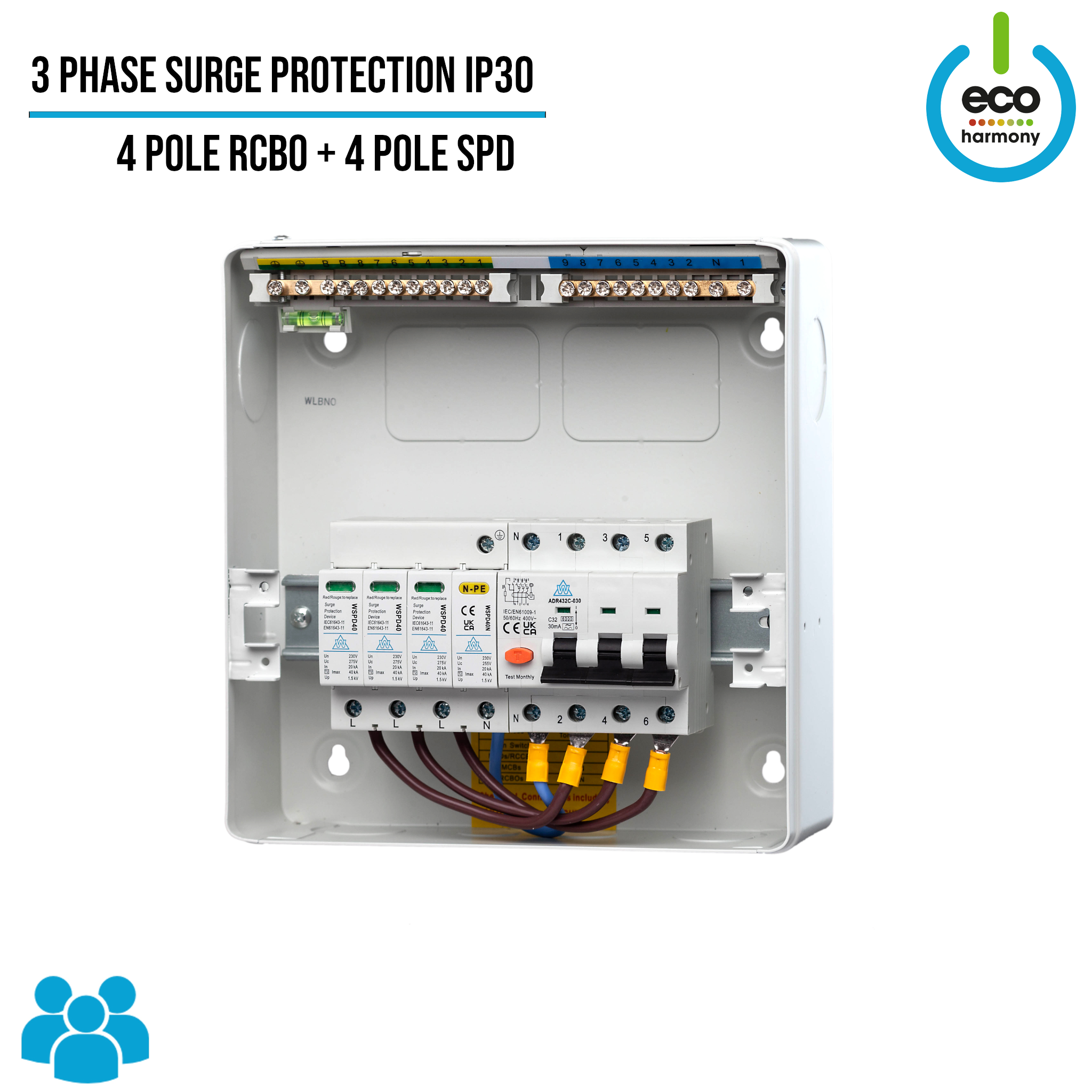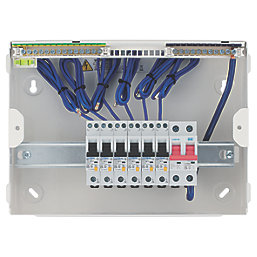A Comprehensive Guide to Preserving Your RCBO CONSUMER UNITS Efficiently
A Comprehensive Guide to Preserving Your RCBO CONSUMER UNITS Efficiently
Blog Article
The Function of Customer Systems in Efficient Power Management Systems
Customer devices are indispensable to reliable power monitoring systems, offering as the key circulation points for electrical power within frameworks. The introduction of smart innovations has further boosted their performance, permitting for real-time data surveillance and nuanced energy usage evaluation.
Recognizing Customer Units

Understanding the role of customer units starts with recognizing their essential feature in securing electrical systems. By separating mistakes within specific circuits, customer units prevent widespread failures and prospective fire dangers. This isolation is attained via using circuit breakers that journey or fuses that blow when a fault is discovered, consequently removing the electric flow to the affected circuit.
Additionally, consumer units assist in the orderly distribution of power, boosting the performance of energy use. They enable the methodical monitoring of electric tons, which can be particularly important in business and commercial settings where demand can fluctuate significantly. Properly conserved consumer devices add to the long life of electric systems and assist in lessening downtime triggered by electric failures, ultimately supporting the smooth operation of energy-dependent facilities.
Smart Technologies Assimilation

A key advantage of wise consumer systems is their ability to utilize progressed algorithms and artificial intelligence for anticipating analytics. This enables for preemptive adjustments based on use patterns, weather report, and other variables, significantly boosting general performance. Clever consumer systems facilitate demand response programs, where energy use can be dynamically readjusted during height durations to maintain the grid and decrease costs.
The assimilation of renewable resource resources, such as solar and wind, is also structured via clever customer devices. By smartly managing the intermittency of these resources, these systems guarantee a dependable and balanced energy supply. Furthermore, clever customer systems enhance customer involvement by supplying detailed insights and remote capacities with mobile applications, fostering a more aggressive strategy to energy conservation and sustainability.
Tracking Energy Intake
Structure on the capabilities of clever innovations assimilation, keeping an eye on power consumption comes to be an essential focus within power monitoring systems. Efficient tracking serves as the structure for determining power inefficiencies and carrying out corrective procedures. By leveraging sophisticated metering facilities (AMI), real-time data on power use can be gathered at granular levels, providing beneficial understandings into intake patterns and peak demand periods. This data-centric strategy enables both customers and power managers to make informed decisions focused on minimizing waste and enhancing overall efficiency.
Smart meters and Internet of Points (IoT) gadgets play an essential duty in this monitoring procedure. These tools can track power usage in real-time, sending information to centralized systems for evaluation. The accumulated data is after that processed via sophisticated formulas to discover abnormalities, forecast future intake, and recommend optimization strategies. Furthermore, cloud-based remedies use scalable systems for keeping and evaluating big datasets, facilitating remote tracking and control.
The combination of these modern technologies not just equips customers with thorough info concerning their power usage yet likewise sustains energy suppliers in managing lots circulation much hop over to these guys more properly. Ultimately, continuous and accurate monitoring is crucial for accomplishing power efficiency, cost financial savings, and sustainability goals within energy monitoring systems.
Optimizing Device Usage

One reliable method includes determining top and off-peak hours to change energy-intensive activities, such as laundry or dishwashing, to times when energy need is reduced. This not just decreases stress on the grid however likewise exploits on lower energy tolls. Furthermore, integrating device discovering algorithms enables predictive upkeep, making certain devices run at optimal efficiency and lengthening their life expectancy.
Power administration systems can also include user-specific preferences and behaviors to customize device usage schedules. For instance, clever lighting systems can change illumination based on occupancy and natural light availability, while heating and cooling systems can maintain comfort degrees without excessive power use.
Promoting Sustainability
Promoting sustainability within power administration systems involves not just improving performance but also cultivating ecologically responsible practices. Customer devices are essential to this click to read more procedure, as they supply real-time data and control devices that allow customers to keep track of and reduce their energy usage. By leveraging advanced modern technologies, customer devices can recognize energy-saving possibilities and help with the combination of eco-friendly energy resources like solar and wind power.
One vital facet of advertising sustainability is enlightening customers on the advantages of liable power usage. Through thorough insights given by consumer devices, customers can make educated decisions that lessen their carbon impact. These devices can suggest optimum times for running high-energy appliances based on grid need and sustainable power availability, consequently decreasing dependence on fossil fuels.
Additionally, consumer units sustain the adoption of wise grid modern technologies, which boost the total efficiency and dependability of power circulation. By making it possible for two-way communication between customers and utility suppliers, these systems can dynamically adjust to energy needs, decreasing waste and promoting making use of lasting power methods.
Conclusion
Consumer systems, as indispensable parts of power monitoring systems, substantially enhance electrical safety and effectiveness within buildings through circuit protection and smart modern technology assimilation. In addition, the consolidation of sustainable energy resources advertises lasting techniques, contributing to minimized total power consumption and reduced carbon footprints.
Advancements in smart innovations have reinvented the capacities of power monitoring systems, particularly through the integration of clever customer systems.Structure on the capabilities of smart modern technologies integration, keeping track of energy usage her comment is here becomes a critical emphasis within power administration systems.Efficient home appliance use optimization is a critical component of power monitoring systems, intending to enhance effectiveness and minimize unnecessary energy intake.Customer devices, as integral elements of energy management systems, considerably improve electric safety and performance within structures through circuit protection and smart technology assimilation. Additionally, the unification of eco-friendly energy sources promotes lasting methods, adding to decreased overall power usage and reduced carbon footprints.
Report this page